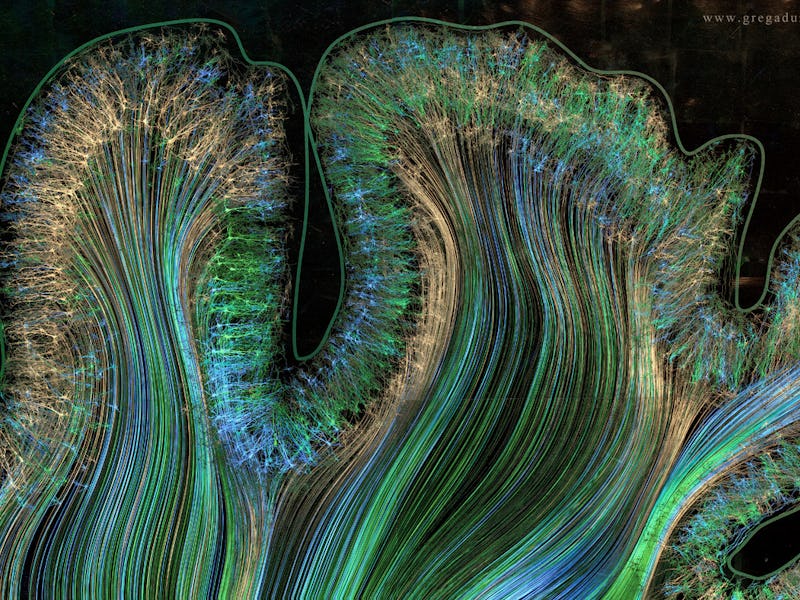Elon Musk doesn’t want to torture people. Why does that bear mentioning? Perhaps it is the not-outlandish concerns that his neural lace-like concept to merge the mind and A.I. might, in some dystopian future, be used for interrogation. On Thursday, the serial entrepreneur took to Twitter to reassure his 8.3 million followers that his Neuralink employees are working to “definitely” avoid such scenarios.
The tech visionary saw his Neuralink startup introduced to the world last week, which plans to merge the human mind and artificial intelligence using computer-brain linkup technologies.
“Just imagine how CIA or KGB interrogators will abuse it!” sci-fi author Charlie Stross said on Twitter. “Seriously, [Elon Musk] — Neuralink has an obvious customer: secret police interrogation/torture suites. Replace waterboarding with Sim Hell.”
Stross’s comments sparked a conversation about the sort of hellscapes that Neuralink could make possible, like the nightmare scenarios depicted in Richard K. Morgan’s Altered Carbon and Iain M. Banks’s Surface Detail.
In Altered Carbon, people can be copied and placed into new bodies, a process known as “resleeving.” One character, Miller, is locked in a virtual world with several copies of himself. In the novel, meeting a single copy of yourself is a traumatizing event, so Miller’s traumatic experience of meeting several copies at once leads to a breakdown minutes after entering the virtual world.
Surface Detail takes this idea to an extreme, where criminals are sent to live in virtual hells with imaginatively horrific punishments, consigning people to live in a world specifically crafted to inflict the maximum possible torture. The galaxy is divided into people that support and oppose these hells.
Musk has big plans for Neuralink, none of which involve cyber-prisons. The company’s technologies could be initially used to help paraplegics, people with traumatic memories, or to help repair brain injuries that came about as the result of a stroke. Future, non-medical applications could be telepathic communication, increasing knowledge (think learning Kung Fu in The Matrix), or watching movies in virtual reality.
But these fears around neuro-torture are a risk Musk is likely aware of. He’s a known fan of Banks’s novels, having named SpaceX’s first two autonomous drone ships after the starships in The Player of Games.
Even neural lace, one of the technologies touted by Neuralink where the computer interface is woven into the brain, bears similarities to Banks’s Culture series. In the novels, the lace grows with the host and enables the ability to restore consciousness after death.
It’s not certain at this point whether Neuralink will use neural lace. Musk has expressed interest before in the technology, but the WaitButWhy post that explains the thinking behind Neuralink also mentions alternatives like “neural dust,” where nanotech electrodes would attach to the outer brain, as well as non-invasive methods like placing electrodes on a person’s head.
Whatever the form Neuralink’s products eventually take, it’s reassuring to know that Musk is already planning for worst-case scenarios.
